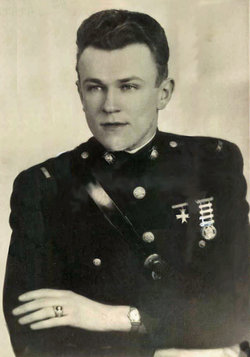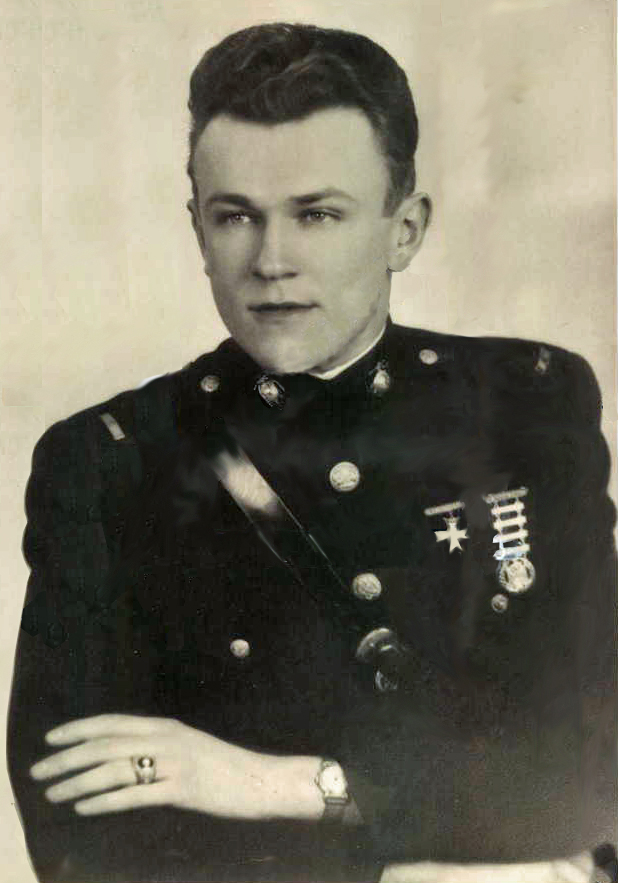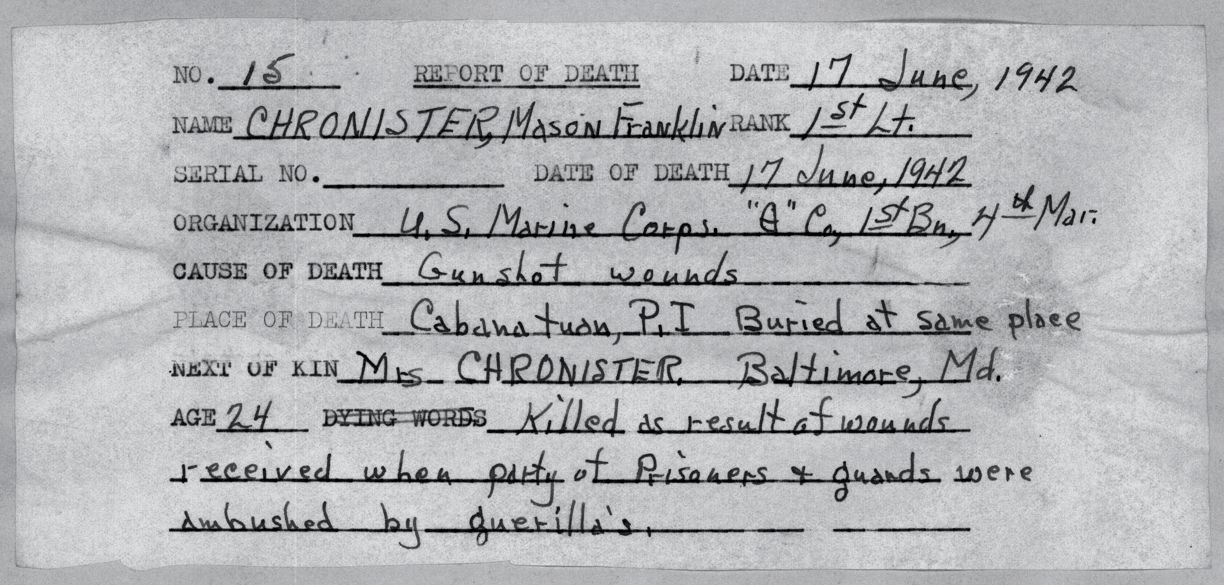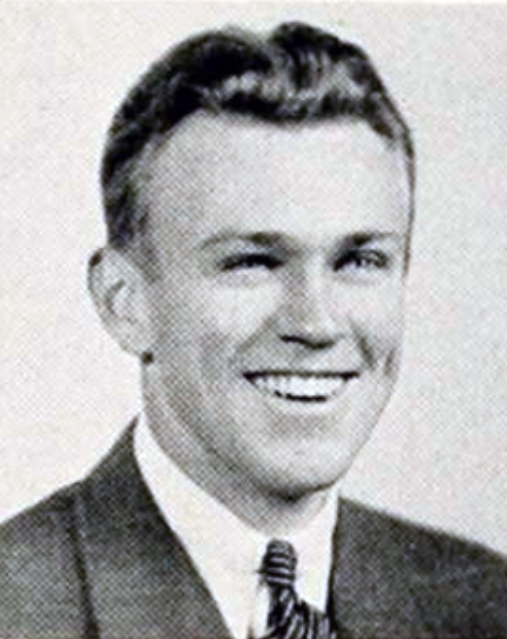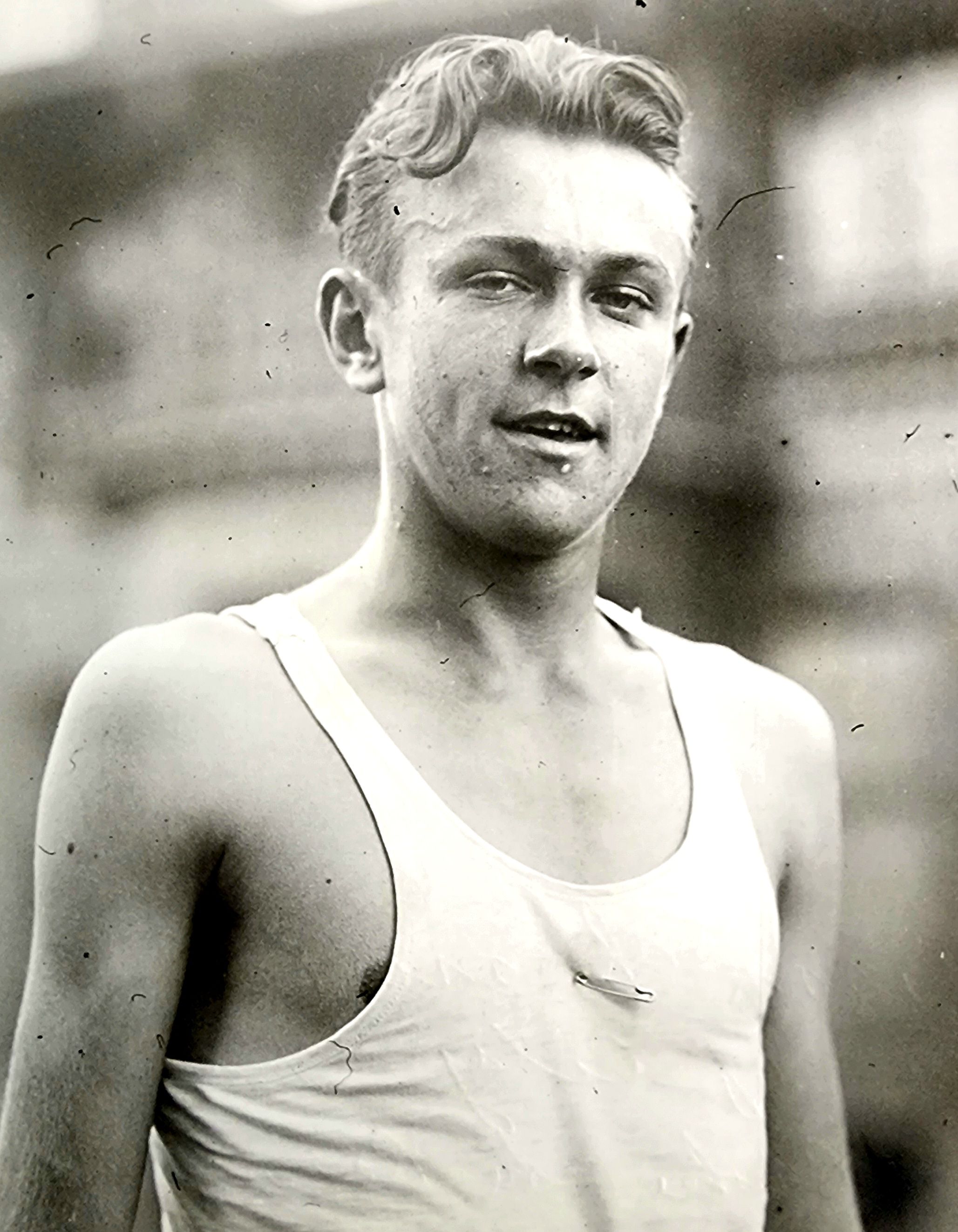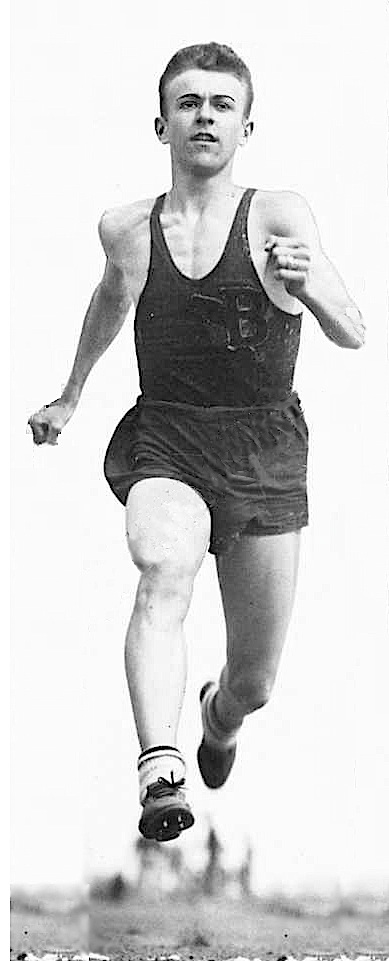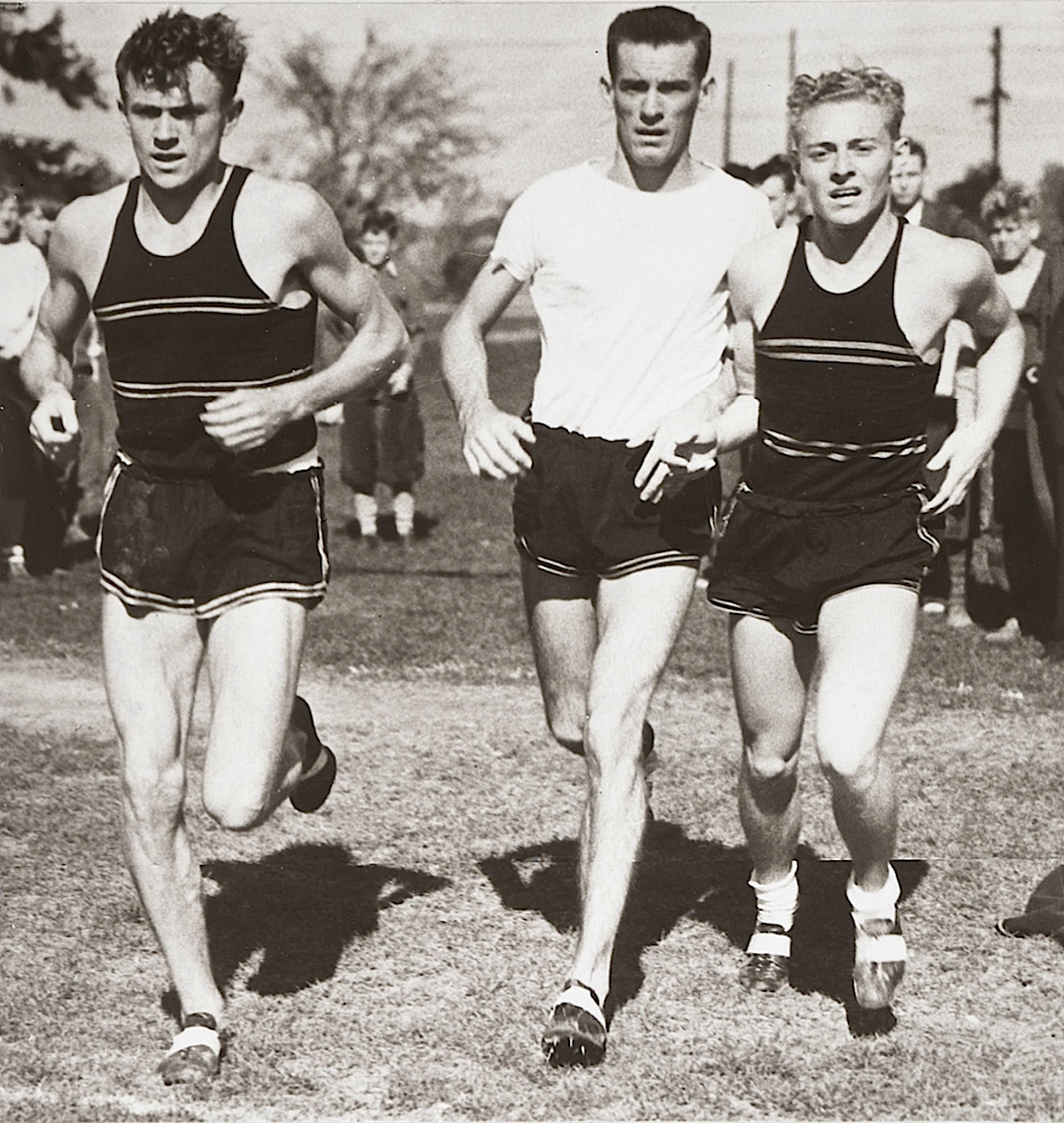On July 20, 1940, Mason Chronister reported to the Marine Barracks at the Philadelphia Navy Yard. He was commissioned as a second lieutenant in the Marine Corps and underwent schooling at the barracks for the remainder of the year.
After completing his training in Philadelphia, Lieutenant Chronister was assigned to the Fourth Marines in Shanghai. He led the First Platoon of Company B and served with them in China until the regiment was recalled to establish the defense of the Philippines.
Lieutenant Chronister and his company fought in the defense of the Philippines from the earliest days of the war. While there, he wrote a letter to his mother, mentioning that his uniform and other possessions had been lost in a fire. “We’re looking for the people who started this fire,” he said, referring to the Japanese. “And we’re going to get them.”
Chronister’s regiment was moved to the island of Corregidor. There, they withstood sixty days of bombardment with dwindling supplies, hoping for the reinforcements that President Roosevelt had promised (that never came). When the Japanese landed on the night of 05 May 1942, the American and Filipino defenders were determined to hold The Rock as dearly as possible.
Chronister and Company B were along the south beaches of Corregidor. They could hear the sounds of gunfire growing closer, but with communications disrupted, they had little idea of the exact situation. The men held their positions until daylight when, to their horror, they could plainly see Japanese troops in possession of the high ground of Denver Battery. Acting quickly, Chronister organized his platoon along with volunteers from the Navy Communications Tunnel and Battery M, 60th Coast Artillery, and organized a counterattack. They were scaling the heights when they ran smack into a fresh Japanese unit, the 3rd Battalion 61st Infantry. After a quick fight, the Americans withdrew and met up with their comrades near the famous water tanks.
For the rest of the morning, Chronister and his men held the line. By 1200, it was clear that they could do no more, and the men were ordered to cease resistance and destroy their weapons. The following day, the Japanese took a count of their prisoners and recorded their names. Among them was Lieutenant Chronister, who was sent to Cabanatuan Prison in Luzon.
The news of Mason Chronister’s capture was carried in the sporting news sections of newspapers across the country. The Baltimore Sun carried a story on May 28, 1942, relating news of Chronister’s promotion to captain and hoping optimistically for his return.
Captain Mason F. Chronister was mortally wounded by gunshots received when the truck (lumber detail) he was in (of prisoners and Japanese guards) was ambushed by Filipino guerrillas on 16 June 1942. Two other prisoners were also wounded. Captain Chronister died from his injuries on 17 June 1942 in the Japanese Military Hospital in Cabanatuan. He was buried in the town of Cabanatuan.
After the war his remains were either not recovered or not able to be identified. Captain Mason F. Chronister is memorialized on the Tablets of the Missing - United States Marine Corps at the Manila American Cemetery in the Philippines.
On July 20, 1940, Mason Chronister reported to the Marine Barracks at the Philadelphia Navy Yard. He was commissioned as a second lieutenant in the Marine Corps and underwent schooling at the barracks for the remainder of the year.
After completing his training in Philadelphia, Lieutenant Chronister was assigned to the Fourth Marines in Shanghai. He led the First Platoon of Company B and served with them in China until the regiment was recalled to establish the defense of the Philippines.
Lieutenant Chronister and his company fought in the defense of the Philippines from the earliest days of the war. While there, he wrote a letter to his mother, mentioning that his uniform and other possessions had been lost in a fire. “We’re looking for the people who started this fire,” he said, referring to the Japanese. “And we’re going to get them.”
Chronister’s regiment was moved to the island of Corregidor. There, they withstood sixty days of bombardment with dwindling supplies, hoping for the reinforcements that President Roosevelt had promised (that never came). When the Japanese landed on the night of 05 May 1942, the American and Filipino defenders were determined to hold The Rock as dearly as possible.
Chronister and Company B were along the south beaches of Corregidor. They could hear the sounds of gunfire growing closer, but with communications disrupted, they had little idea of the exact situation. The men held their positions until daylight when, to their horror, they could plainly see Japanese troops in possession of the high ground of Denver Battery. Acting quickly, Chronister organized his platoon along with volunteers from the Navy Communications Tunnel and Battery M, 60th Coast Artillery, and organized a counterattack. They were scaling the heights when they ran smack into a fresh Japanese unit, the 3rd Battalion 61st Infantry. After a quick fight, the Americans withdrew and met up with their comrades near the famous water tanks.
For the rest of the morning, Chronister and his men held the line. By 1200, it was clear that they could do no more, and the men were ordered to cease resistance and destroy their weapons. The following day, the Japanese took a count of their prisoners and recorded their names. Among them was Lieutenant Chronister, who was sent to Cabanatuan Prison in Luzon.
The news of Mason Chronister’s capture was carried in the sporting news sections of newspapers across the country. The Baltimore Sun carried a story on May 28, 1942, relating news of Chronister’s promotion to captain and hoping optimistically for his return.
Captain Mason F. Chronister was mortally wounded by gunshots received when the truck (lumber detail) he was in (of prisoners and Japanese guards) was ambushed by Filipino guerrillas on 16 June 1942. Two other prisoners were also wounded. Captain Chronister died from his injuries on 17 June 1942 in the Japanese Military Hospital in Cabanatuan. He was buried in the town of Cabanatuan.
After the war his remains were either not recovered or not able to be identified. Captain Mason F. Chronister is memorialized on the Tablets of the Missing - United States Marine Corps at the Manila American Cemetery in the Philippines.
Family Members
Sponsored by Ancestry
Advertisement
Advertisement
